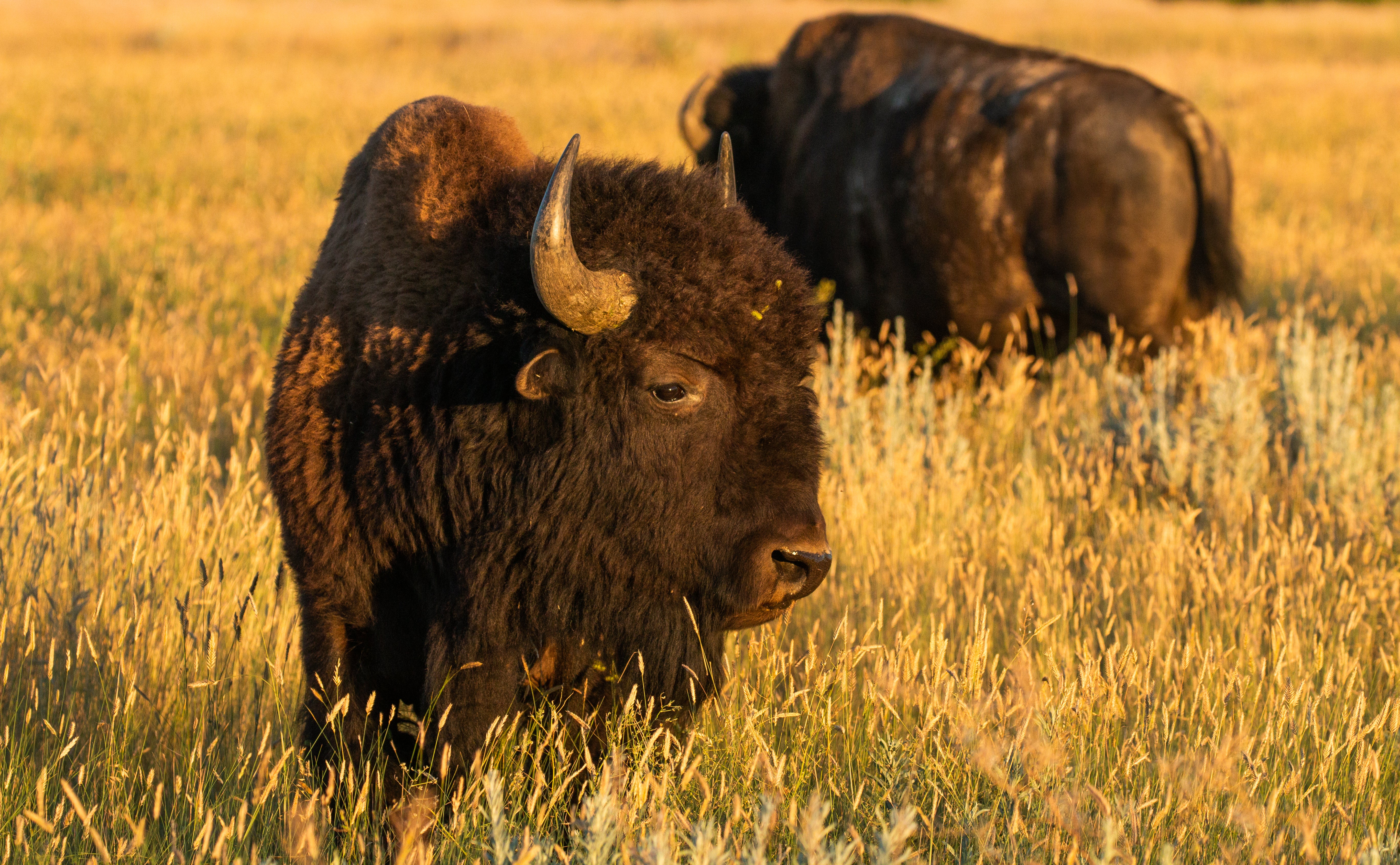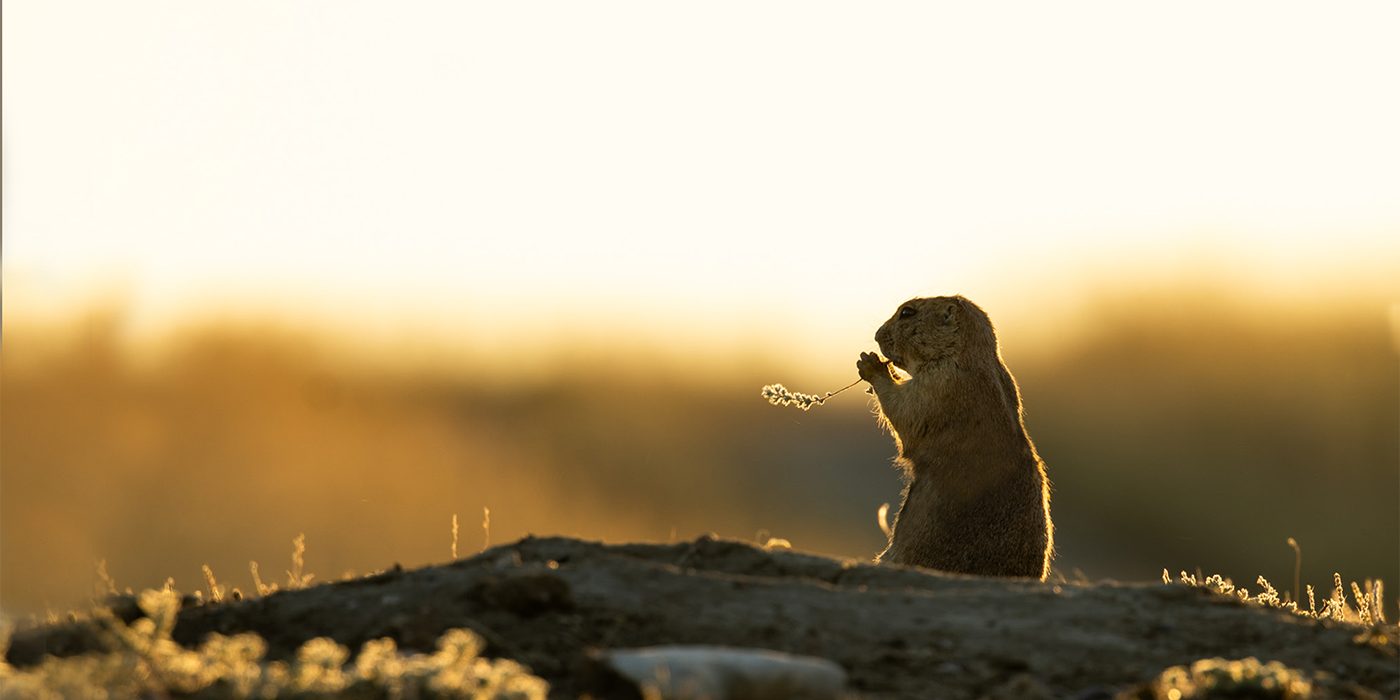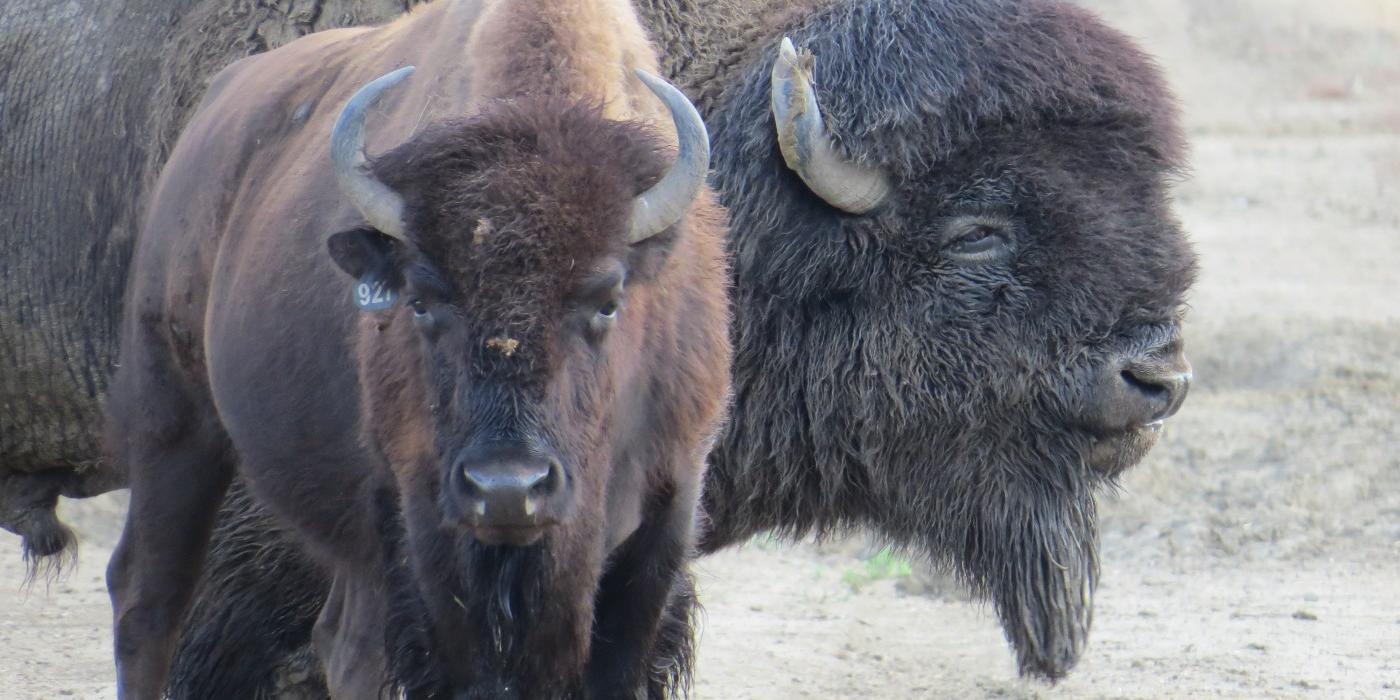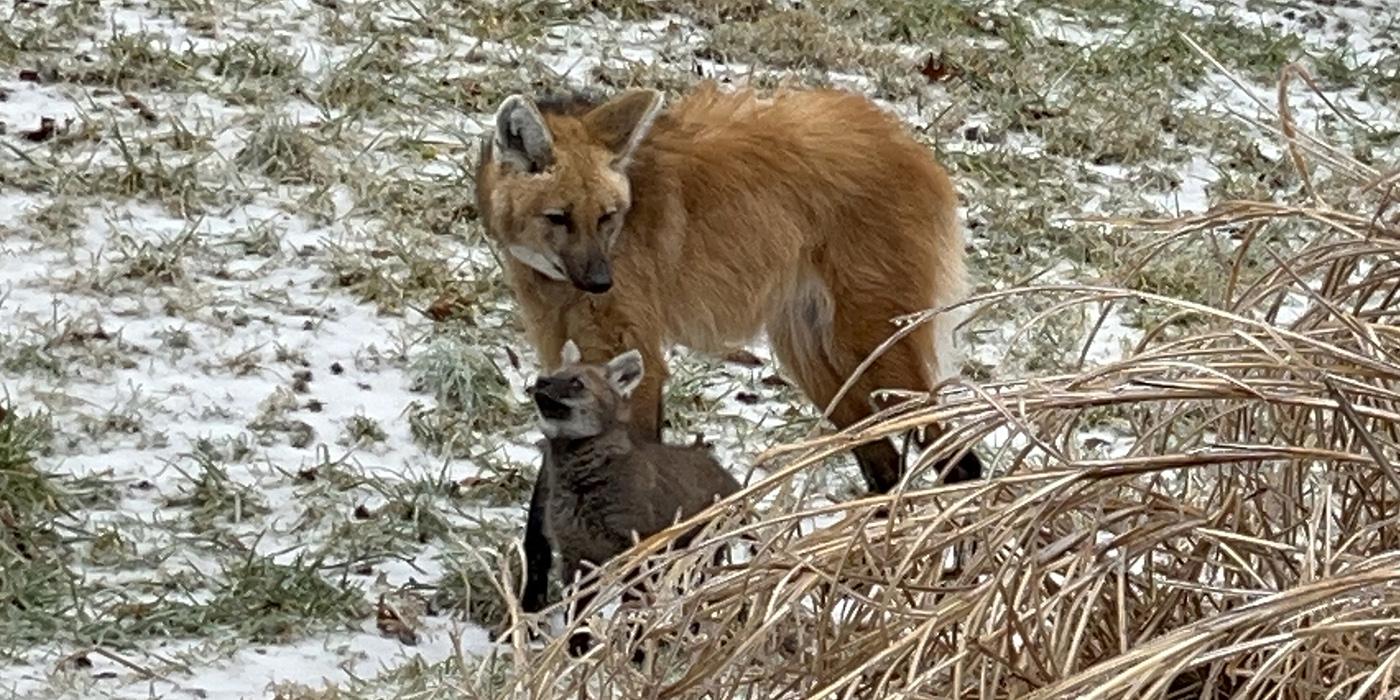Landmark Study Demonstrates Cultural, Ecological and Economic Benefits of Tribal Bison Restoration
Need for Long-Term Research To Develop Adaptive Management Schemes
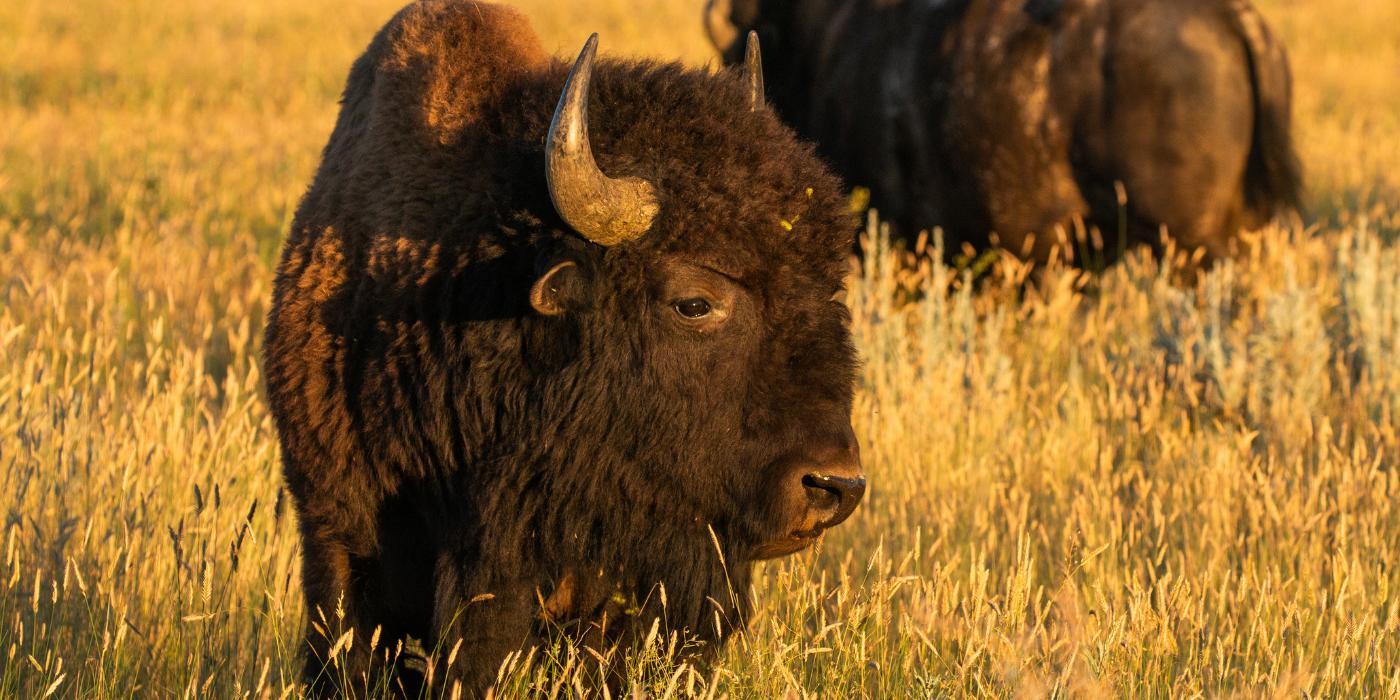
A study published today in Frontiers in Ecology and Evolution found that widespread restoration of bison to Tribal lands throughout the Northern Great Plains can help restore the prairie ecosystem while improving the long-running issue of food insecurity and food sovereignty for Native Nations and may help to mitigate adverse impacts to traditional agricultural systems due to climate change.
Native Nations, universities and conservation organizations came together to examine the environmental, cultural and economic value of bison using case studies from four separate tribally led bison reintroduction programs occurring across the Northern Great Plains in Montana (Blackfeet Nation, Fort Belknap Indian Community, Fort Peck Assiniboine and Sioux Tribes) and South Dakota (Rosebud Sioux).
“The buffalo is important to Indian communities, to our people culturally and ecologically to our lands,” said Ervin Carlson, president of the InterTribal Buffalo Council and Blackfeet buffalo manager. “We know bringing them back will not only heal our people but also help us with the changes we see on our grasslands due to drought. And for Buffalo Nations to be successful, we need funding support for Tribal research partnerships and for the buffalo that our communities benefit from.”
More than 30 million bison once roamed North America. As a major source of meat and hides in the United States, bison formed the basis of the economy for numerous Plains Indian societies. In the late 19th century, the U.S. government encouraged mass hunting of bison in an organized effort to destroy the livelihood of Plains Indians. By the late 1800s, fewer than 1,000 bison were left and all Plains Indians were forced onto reservations, a feat made possible in large part due to the disappearance of bison, their primary food source.
After bison populations disappeared from the prairies, unanswered questions remained about how bison behave in large groups and their migration patterns across the vast landscape. The complex grassland system is created and maintained by variations in climate, soil, topography, fire and animals that physically modify their environment in a way that provides new habitat for other species. As megaherbivores, bison create landscape diversity through grazing, trampling and wallowing (rolling on the ground), which helps support hundreds of prairie animals, from the prairie dog to the pronghorn.
“Buffalo are central to our community,” said Daniel Kinsey, co-author and faculty at the Aaniiih Nakoda College. “Fort Belknap reintroduced buffalo in the late 1970s, and we are fortunate to have such a successful program that is a product of hard-working people. It is my duty to connect our students, the younger generation, to the buffalo and the ecosystem and to work with students to incorporate our traditional knowledge into the present research. We recently established a new ʔíítaanɔ́ɔ́nʔí/Tatag ́a (bison in Aaniiih and Nakoda languages respectively) Research and Education Center for this purpose.”
The historically broad distribution of bison suggests they can adapt to a variety of conditions, making them resilient to a wide range of management systems and climates. Bison are tolerant of extreme heat and respond to warming and drought by changing their diet and losing body mass. They seek shade and water less frequently than cattle, which in turn reduces sediment load in grassland streams. Under current grazing managements, bison enable vegetation to regenerate, increasing the capacity of the ecosystem to support people and wildlife throughout seasonal and long-term droughts that are increasing across the region.
Climate change is causing the Northern Great Plains to warm and dry disproportionately relative to the rest of the United States. Agricultural production across the grasslands will become less and less sustainable, both ecologically and economically. With a lack of resources to prepare for an uncertain future, communities with persistent poverty who live and rely on the prairie are more vulnerable to climate change.
In rural Native American communities, poverty is two to three times higher than in white rural communities, and, despite much of the grasslands being used for agriculture, Native Americans are twice as likely to be food insecure than white people and are 25% more likely to remain food insecure in the future. While often vast in size, reservations are marginal in land quality, leading to increased reliance on the U.S. Department of Agriculture’s Food Distribution Program on Indian Reservations and non-Tribal operators having a large role in food production.
Over the past few decades, Tribes have worked toward the reclamation of food security (having available and accessible food) and sovereignty (ability to access healthy and culturally appropriate food). For Plains Indians, food sovereignty is directly tied to reestablishing bison herds within their reservations and traditional lands.
“We are renewing our relationship with the buffalo as our relative, they are central to our lives,” said Roxann Smith, co-author and member of the Pt’e stakeholder group, Fort Peck Indian Reservation. “Together, our community is reclaiming our traditional ways and piecing our ecosystem together again as we heal together.”
Beginning in the late 1990s, Native Nations collaboratively established bison herds on Tribal lands. Organizations like the InterTribal Buffalo Council, representing 76 recognized Tribes, currently facilitate education and training programs on bison and reintroduction. Today, there are approximately 350,000 bison in private sector herds, over 30,000 in public sector and non-governmental organization herds and 20,000 on Tribal lands.
“Prairie species evolved alongside bison, an iconic animal central to Plains Indian culture and communities for centuries,” said Hila Shamon, lead author and an ecologist at the Smithsonian Conservation Biology Institute. “Against the backdrop of a changing climate, continued and new research is needed to develop bison restoration and land management strategies that maximize biodiversity and address the complex socio-economic and ecological needs of Native Nations. Our paper provides actionable recommendations and shows the indisputable connection between conservation and culture.”
The case studies on existing Tribal bison restoration programs developed for this paper explore management structure, habitat suitability, economic development, community engagement and access, finding successes as well as areas of improvement for the future. Each program’s overarching goals are to enhance the ecological, cultural and economic sustainability of the people and lands; draw on Indigenous science and facilitate the continuity of traditional knowledge; engage Native youth in buffalo restoration efforts; and restore food sovereignty.
“This paper demonstrates how critical bison restoration is to the health and livelihoods of Tribal Nations and the Northern Plains prairie ecosystem,” said Chamois Andersen, co-author and senior Rockies and Plains representative at Defenders of Wildlife. “With the diversity of authors on this paper, it is our hope we will be able to garner significant support for sustaining tribal buffalo programs well into the future.”
Future bison reintroduction success requires merging the concepts of conservation and commercial herds or the growth of both herds until production meets local community food demands and conservation meets ecosystem service needs. Actionable recommendations include:
- Developing adaptive management plans that incorporate Indigenous and cultural knowledge and reflect the expressed goal of retaining the wild nature of bison for both conservation and commercial herds.
- Additional research on bison grazing patterns and behavior under different land management schemes, future climate scenarios and year-round grazing vs. rotation.
- Establish monitoring protocols and baseline assessments to track the impact of bison restoration on biodiversity; secure additional resources and expertise to augment current tribal college support.
- Within the present context, Tribal bison herds cannot achieve numbers sufficient for the dual purpose of food sovereignty and restoration. Advance the growth of bison herds by working through landscape requirements and infrastructure challenges.
- Increase program staffing and community engagement to support expanded programming for cultural enrichment and revenue generation.
- Expand training on best practices for bison handling and sustainable ranching to grow the pipeline of new staff and increase jobs.
- Support and grow sustainable revenue streams by building more meat processing facilities on Tribal lands to support job creation, increase local meat distribution and reduce costly outsourcing.
- Strengthen communication between communities.
- Build capacity to manage larger herds and rangeland health.
- Create more academic programs in partnership with land grant institutions (Tribal colleges and state universities) to bring together traditional culture and restoration science.
- Efforts led by Native Nations to restore bison to Tribal lands can have the desired socio-economic benefits to underserved communities while improving their capacity to influence the health of their lands, their people and their livelihoods. All approaches depend on community support and robust expansion of staff, infrastructure and funding.
Authors
Hila Shamon (1), Olivia G. Cosby (1), Chamois L. Andersen (2), Helen Augare (3), Claire E. Bresnan (1), (5), Brent Brock (4), Ervin Carlson (6), Jessica L. Deichmann (1),(7), Aaron Epps (8), Noelle Guernsey (9), Cynthia Hartway (10), Dennis Jørgensen (9), Willow Kipp (11), Daniel Kinsey (12), Kimberly J. Komatsu (13), Kyran Kunkel (14), Robert Magnan (15), Jeff M. Martin (16), Bruce Maxwell (5), William J. McShea (1), Cristina Mormorunni (10), Sarah Olimb (9), Monica Rattling Hawk (9), Richard Ready (5), Roxann Smith (17), Melissa Songer (1), Bronc Speakthunder (18), Grant Stafne (15), Jonny BearCub Stiffarm (15), Melissa Weatherwax (3) and Thomas S. Akre (1), (7)
- Smithsonian Conservation Biology Institute, Front Royal, Virginia
- Defenders of Wildlife, Livingston, Montana
- Blackfeet Community College, Browning, Montana
- Wildlife Conservation Society, Bozeman, Montana
- Montana State University, Bozeman, Montana
- Blackfeet Buffalo Program, Browning, Montana
- Working Land and Seascapes, Smithsonian Institution, Washington, D.C.
- Rosebud Economic Development Corporation, Mission, South Dakota
- World Wildlife Fund, Bozeman, Montana
- Wildlife Conservation Society, Santa Fe, New Mexico
- Iinnii Initiative, Browning, Montana
- Aaniiih Nakoda College, Fort Belknap Agency, Fort Belknap, Montana
- Smithsonian Environmental Research Center, Edgewater, Maryland
- Conservation Science Collaborative, Inc., Bozeman, Montana
- Fort Peck Buffalo Program, Poplar, Montana
- Center of Excellence for Bison Studies, South Dakota State University, Rapid City, South Dakota
- Fort Peck Community College, Poplar, Montana
- Fort Belknap Buffalo Program, Fort Belknap Agency, Montana

